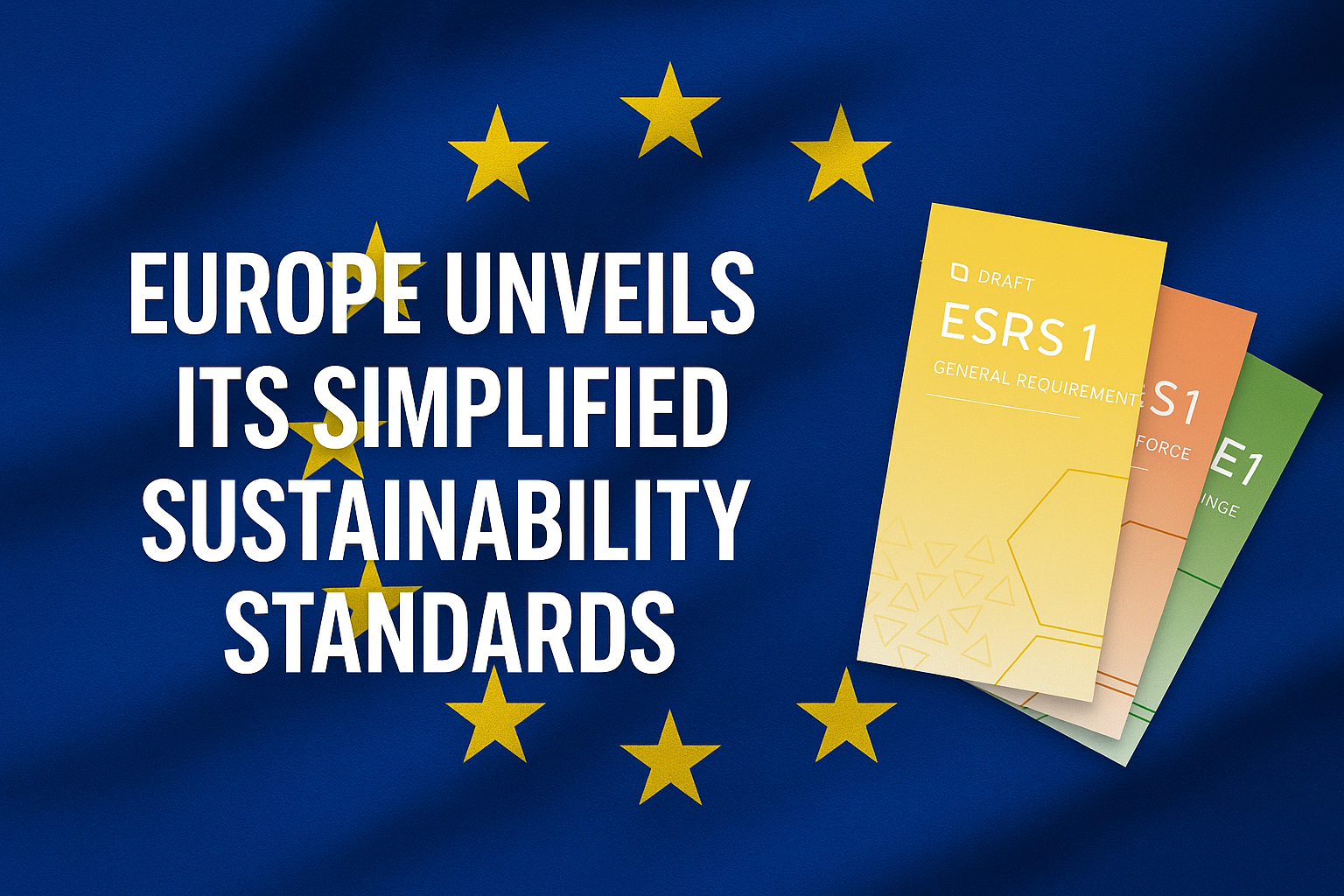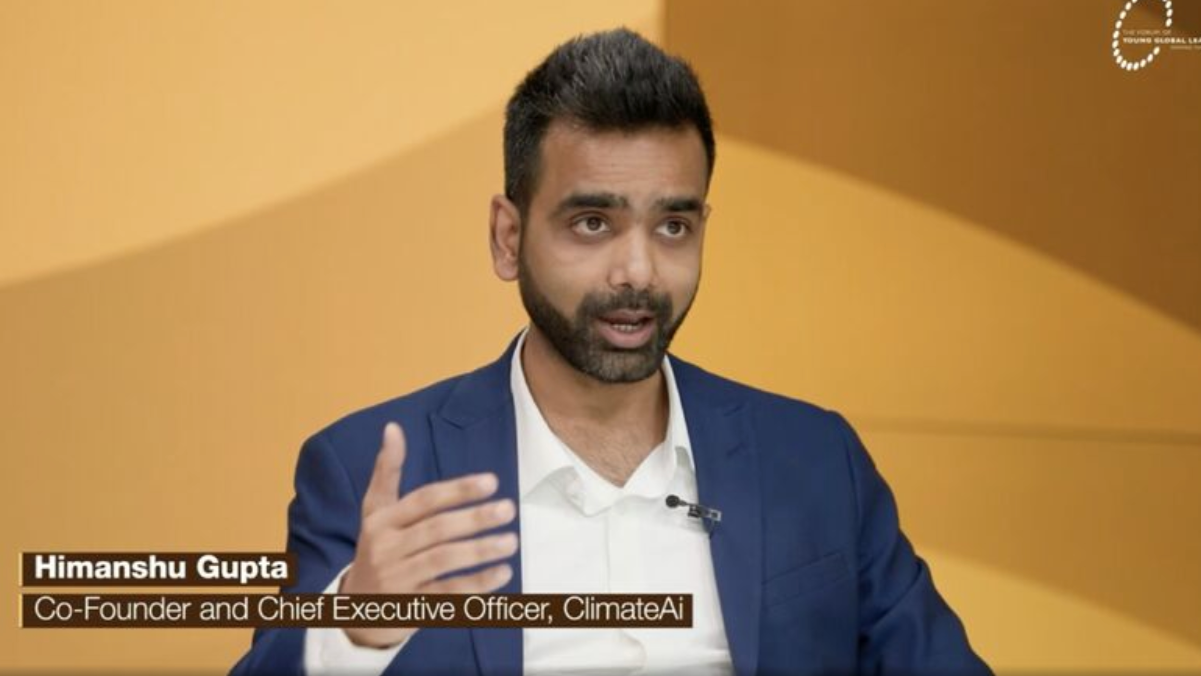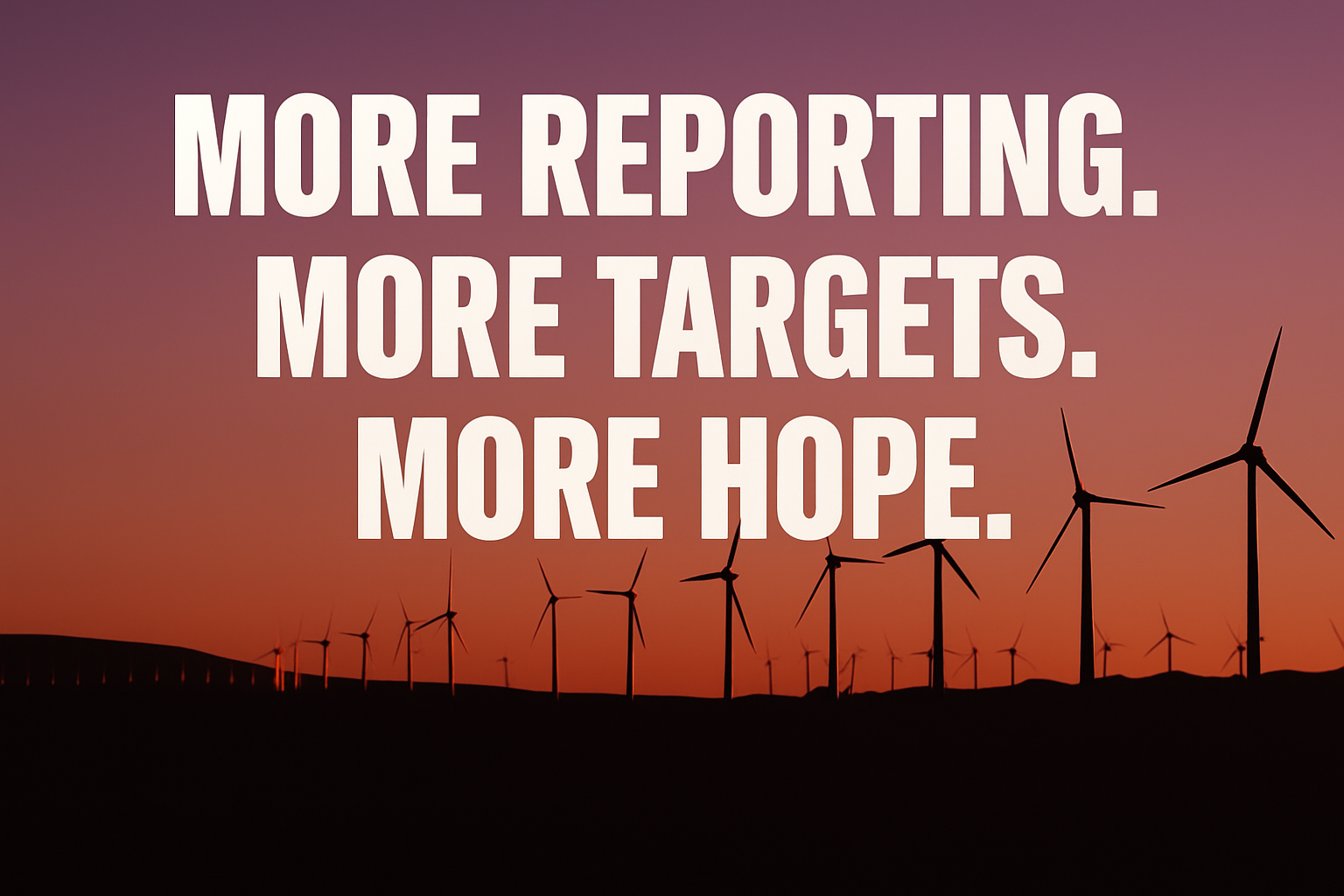

Antonio Vizcaya Abdo is a sustainability consultant, professor at Universidad Nacional Autónoma de México (UNAM), and a LinkedIn Top Voice in sustainability. He advises companies across Latin America on integrating ESG into strategy, governance, and reporting, and regularly writes for Expansión and Inc. Magazine on business transformation.
In this Deep Dive, Antonio shares his perspective on how Mexico is responding to intensifying climate risks, whether President Claudia Sheinbaum will drive change, and how Mexican companies can lead on sustainability, even as U.S. political support weakens.
1. Mexico faces intensifying climate risks—from extreme heat and drought to biodiversity loss. Do you see Mexican businesses beginning to take these risks seriously?
Yes, without a doubt. Large companies in Mexico with mature risk management systems already rank environmental factors among their highest priorities. Extreme heat, water scarcity, and biodiversity loss are present realities shaping operations, supply chains, and investment decisions.
These exercises are also quantifying the economic implications of environmental risks. From potential carbon taxation to rising resource costs, the financial exposure identified is substantial.
Progress, however, remains concentrated among larger corporations with the resources to act. Medium and smaller enterprises often lack the capacity for structured evaluations, leaving much of the economy highly exposed.
To build long-term competitiveness, companies should adopt structured assessments like double materiality to capture both financial risks and wider ESG impacts. As climate risks and costs rise, stakeholders increasingly expect environmental risk management to be embedded in strategy and governance.

Sponsored
Climatebase Weekly
Join 150,000+ readers each week for curated climate jobs, events, stories and news.
2. Mexico has strong environmental laws, but enforcement is sometimes not as strong. How do you assess its sustainability policy, and do you see Mexico moving toward EU-style Green Deal policies or California-style climate reporting rules?
In recent years, Mexico has made notable progress in sustainability policy. The launch of the sustainable taxonomy, initiatives to strengthen the circular economy, and the move toward ISSB-based reporting for both private and listed companies all reflect an effort to align the country with global standards and provide greater clarity for investors and businesses.
Despite this progress, developments remain uneven, and the next steps are still uncertain. It is unlikely that Mexico will adopt a comprehensive framework comparable to the European Union’s Green Deal, but further alignment with international standards such as the ISSB appears likely. This pathway offers Mexican companies credibility in global markets and ensures consistency with investor expectations.
To make these efforts effective, enforcement and accountability must be strengthened, and regulation should be complemented with fiscal incentives and subsidies that motivate companies to act. Mexico needs a system that combines strong oversight with positive economic drivers to accelerate corporate investment in sustainability and close the gap that still exists.
3. With Claudia Sheinbaum—an environmental scientist—as president, many are hopeful for progress. What kind of shift in national sustainability strategy has happened under her, and do you expect more to happen?
I have heard that expectation before, and I believe it is important to be cautious. President Claudia Sheinbaum was indeed an active and pragmatic actor on environmental matters, and her background gives her the technical understanding of what needs to be done and why. This profile naturally raises expectations that sustainability will play a greater role in national policy.
That said, sustainability does not yet appear to be one of the central pillars of her party’s agenda. While the discourse is clearly more supportive and ambitious than in the past, concrete actions have not yet reached the level suggested by the rhetoric. There is still a noticeable gap between what is being said and what is being implemented.
Even so, this administration shows a stronger grasp of environmental issues and a greater ambition to advance clean energy and move toward a less extractive economic model. My expectation is that her knowledge and genuine interest in these topics will help shape policies that allow Mexico and its ecosystems to advance more decisively on sustainability.
4. You're a vocal advocate for moving beyond compliance. In your view, what’s the single biggest barrier preventing companies in Mexico from embedding sustainability into core strategy and governance?
In Mexico, sustainability is still seen as optional because companies can still thrive without demonstrating strong environmental or social practices. Until public policy and market incentives link sustainability performance to long-term success, progress will remain uneven.
Inside organizations, the business case for sustainability is poorly measured. Without clear evidence of financial returns, initiatives are treated as costs rather than investments in competitiveness, resilience, and market access.
Short-term thinking also undermines progress. True benefits, resilience, brand equity, and reputation—require time and consistency. Companies must adopt longer-term metrics and leadership must view sustainability as a structural shift, not a temporary program.
5. With growing anti-climate rhetoric in U.S. politics, how can Mexico chart a sustainability path that’s resilient to external political shocks—especially given its economic ties to the U.S.?
Mexico is highly exposed to climate shocks—wildfires, heatwaves, and floods show that climate change is already shaping operating conditions. For Mexican companies, business continuity depends on resilience, making sustainability investments unavoidable regardless of U.S. political rhetoric.
Because of this, I do not expect firms to scale back investments in risk management and adaptation. Safeguarding assets, supply chains, and long-term productivity are strategic imperatives, whether framed as climate adaptation or resilience.
The main adjustment is in communication. With shifting U.S. narratives, some companies may adopt a cautious tone, but silence erodes trust with investors, regulators, and consumers. Messaging must remain evidence-based, consistent with actions, and focused on material outcomes.
The best way to insulate strategies from political cycles is by showing tangible business value. Measuring ROI through avoided losses, efficiency, or market positioning anchors sustainability in governance, ensuring it endures regardless of political discourse abroad.
6. You’ve written about how vague language can dilute sustainability ambition. What would a credible, high-impact sustainability strategy look like for a leading Mexican company in 2025?
For me, the foundation of any credible sustainability strategy is that it must be directly connected to the company’s vision and business model. When sustainability is treated as part of how the company creates value and secures its future, ambition becomes authentic rather than superficial.
The real task is not to design a separate sustainability strategy but to reshape the business strategy itself. Placing sustainability at the center of decisions, investments, and objectives turns it from an add-on into the guiding principle of the business.
Finally, companies must distinguish between compliance and transformation. Marginal impact reduction is not enough. True ambition requires rethinking operations and, if necessary, transforming the business model to align growth with resilience and regeneration. This shift makes sustainability an engine of innovation, reputation, and long-term competitiveness.







